Summer white flower, a delicate garden decoration
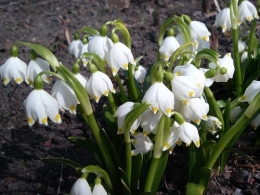
The name of the plant, summer whiteflower, speaks for itself. Indeed, this delicate plant blooms with snow-white bells in the summer. It has close relatives, one of which, the spring whiteflower, blooms along with snowdrops in early spring, and the other, the autumn whiteflower, blooms in the fall. It is worth saying that summer whiteflower is not only a wonderful decoration for the garden, but also a valuable medicinal raw material.
Content:
Botanical description
Summer whiteflower is a bulbous plant common in Europe and Asia; it can be found in:
- Bulgaria
- Italy
- Albania
- Ireland
- Ukraine
- Iran
Under natural conditions in Russia it is found in Crimea and the Krasnodar Territory.
Summer whiteflower has a small, up to 4 - 5 cm, slightly elongated bulb, from which comes up to five dark green, narrow, 20 to 60 cm high leaves. The flower arrow has a wing and a peduncle. White, drooping flowers collected in an inflorescence - an umbrella. One umbrella can have up to 10 flowers. The tops of the flower petals are pointed, bent and have a green spot.
The budding stage occurs in May, and in June the plant begins to bloom. Flowering lasts for three to four weeks. After which the fruits are set - fleshy boxes with black seeds and an easily detachable shell.
Some species of white flowers are endangered and are listed in the Red Book.
It prefers to grow in meadows, foothills and coastal dunes. Due to its unpretentiousness and elegant appearance, the flower is used in gardens, parks, and grown in local areas.
Growing summer whiteflower in the garden

Thanks to its soft white flowers, reminiscent of large lilies of the valley, the plant has gained popularity among amateur gardeners. Currently, several varieties adapted for cultivation in gardens and flower beds have been developed.
To plant summer whiteflower bulbs in the garden, the bed is prepared at the end of summer. It is better to choose a place for it in partial shade. Add to the soil in advance:
- well rotted manure
- sand
- leaf soil
If the soil is highly acidic, then it must be “deoxidized” and lime added. The best time for planting is late summer, autumn. It is required to seal the bulb to a depth not exceeding two to three times its size. It is better to leave the distance between the bulbs at least 30 cm, since the plant quickly grows into a powerful bush, due to the fact that not only the bulb grows, but also random sowing of seeds is possible. Although the whiteflower is quite frost-resistant and can easily withstand frost of 30 degrees, it is still better to cover the bed in the first year of planting.
In the spring, during the period of active budding, the plant needs to be fed with organic and complex mineral fertilizers. Preference should be given to phosphorus-potassium mixtures rather than nitrogen-containing mixtures. If activities with bulbs are planned, such as dividing and replanting, then they should be planned for the time following flowering, when the plant is dormant.If you need to store the bulbs for several months, then you need to remember that they dry out easily and it is better to store them in perforated bags with moistened filling.
In one place, without replanting, the white flower grows for up to seven years, after which the bulbs are dug up, disassembled into daughter bulbs and planted in a new place.
In the garden landscape it can be used in:
Diseases and pests

Dangerous pest for summer whiteflower it is a bulbous nematode. The main means of preventing it is the acquisition of healthy planting material. If a pest is detected, it is better to remove the diseased bulbs completely, and pour the surviving ones with warm water, up to 40-45 degrees, and let them sit for several hours. Then plant it in a new place where bulbous crops have not grown before.
No less dangerous are thrips, very small, no more than 2 mm pests that live between the scales of the bulbs. The following drugs are suitable for exterminating a fast-growing pest:
- intavir
- karbofos
- actelik
You can use decoctions of tobacco and mustard to treat the bulbs.
Fusorium rot damages the plant bulb. The mycelium grows between the scales and causes its death. Using fungicides and replanting to a new location can stop the spread of rot.
White streak is a viral disease that affects leaves, causing them to completely die. There are no effective control measures, only complete removal and destruction of diseased plants.
Medicinal use
The leaves of the plant contain various alkaloids:
- galantamine
- lycorine
- tacetin
In official medicine from them drugs are obtained for the treatment of:
- nervous disorders
- encephalopathies
- cerebral palsy
- facial nerve lesions
- neuralgia
- opium poisoning (antidote)
In folk medicine, a decoction of the leaves is used for:
- asthma
- nervous excitability
- epilepsy
The plant is quite poisonous and it is worth remembering this not only when taking its tincture internally, but also taking precautions when handling it in the garden.
Admire the flowering of the white flower in the video:
Interesting information about the vegetable garden


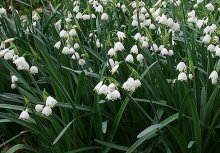
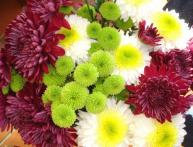

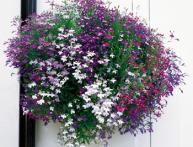
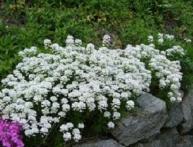

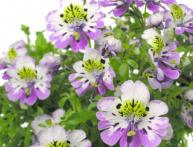
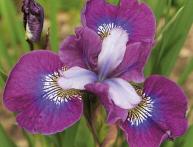
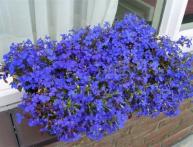
Comments
I planted it for the first time last year - the bulbs took root well. Very beautiful and delicate flowers have grown, but what I noticed is that the main thing is not to be greedy with moisture.